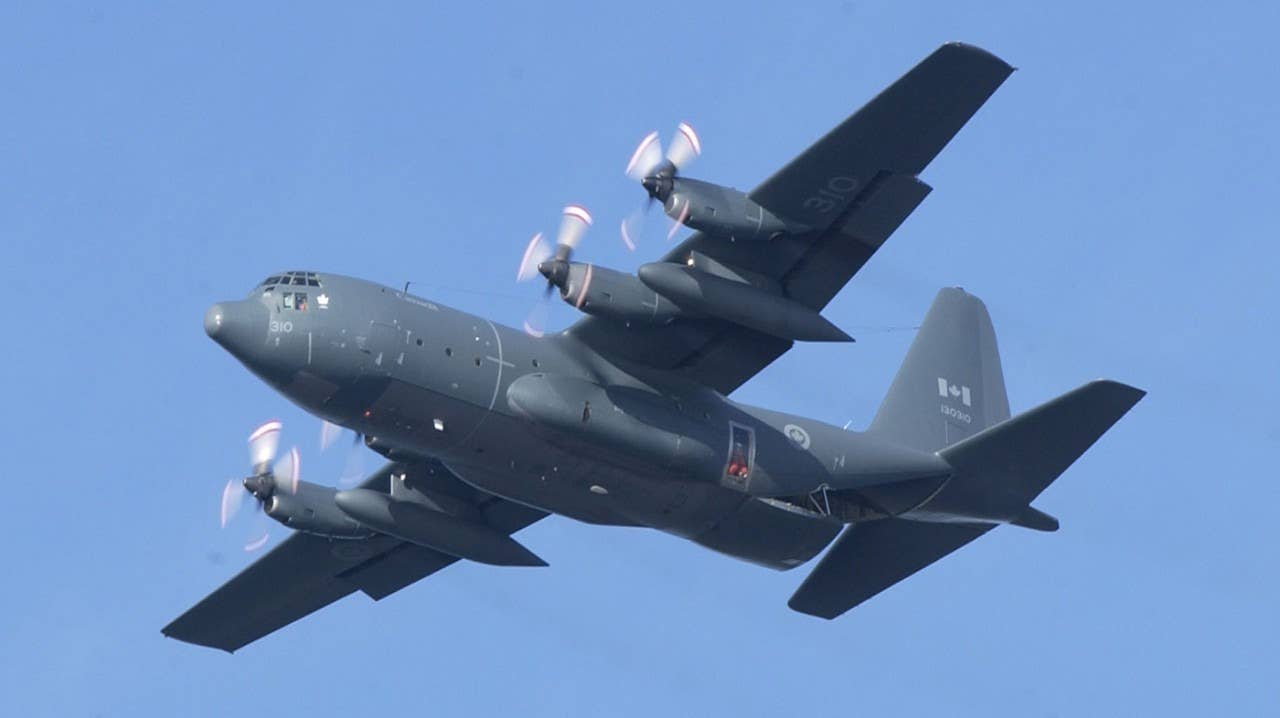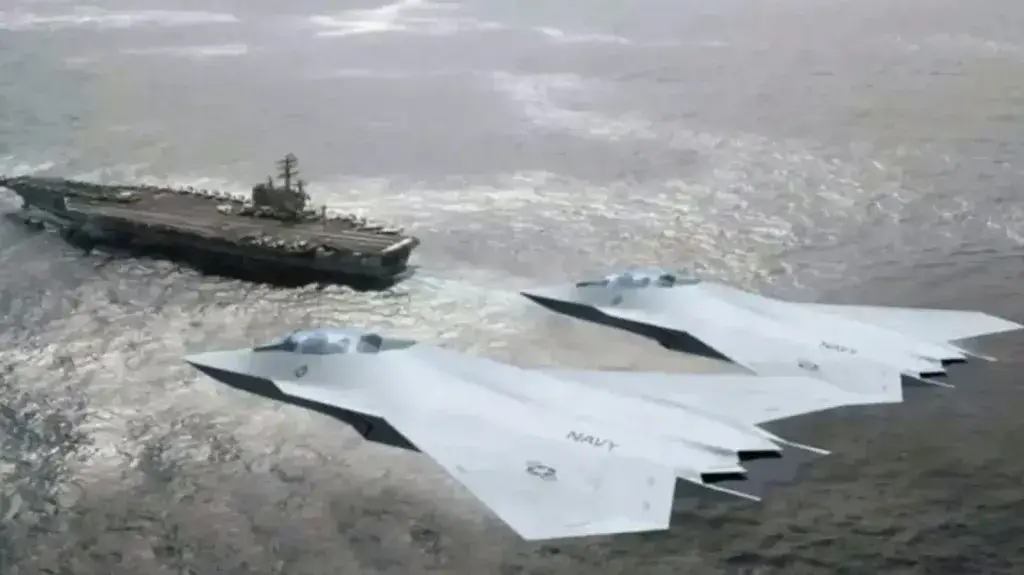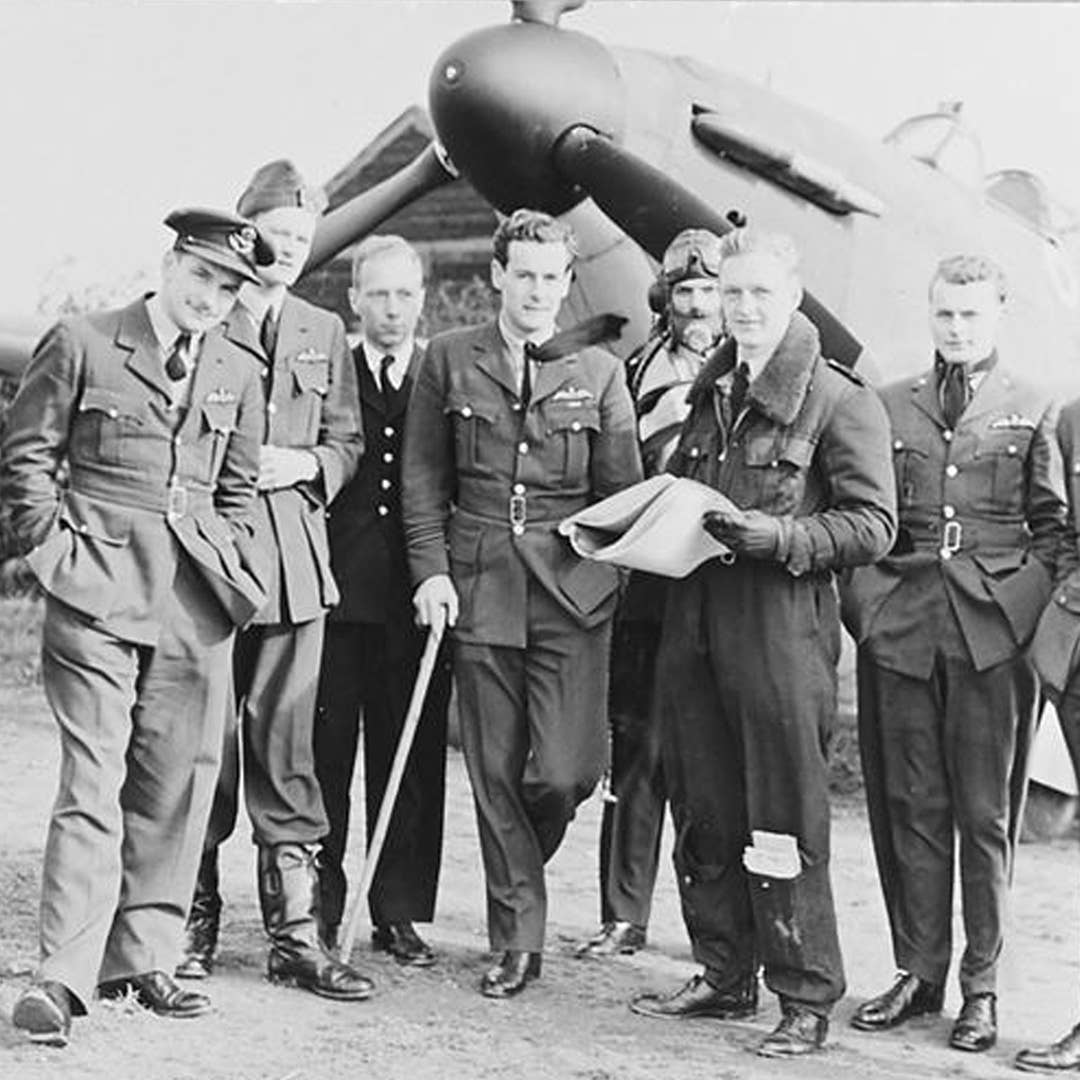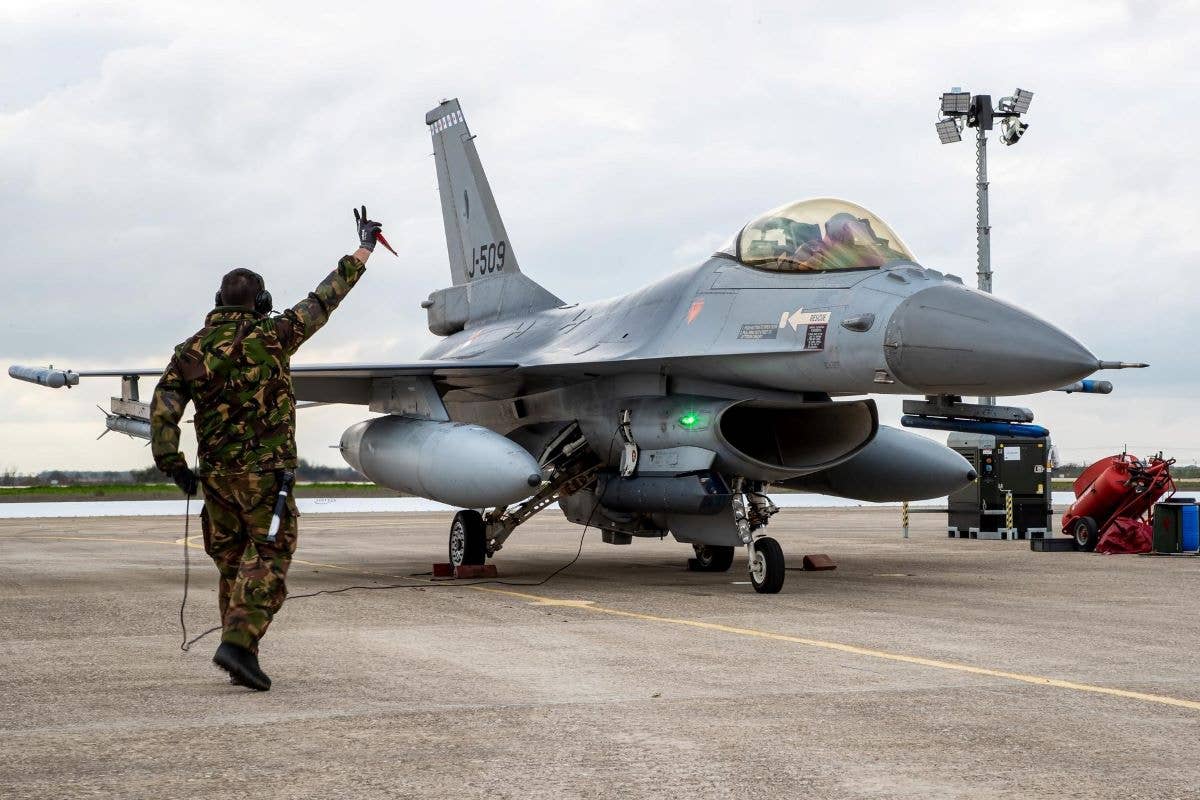Canadian Search and Rescue Can Now Track Cell Phones
Canadian military search and rescue CC-130H aircraft can now track the cell phones of crash victims.

The CC-130H Hercules is primarily used for search and rescue operations. While it also carries out transport missions, its main focus is saving lives through the Canadian Armed Forces’ search and rescue mandate. [Courtesy: Royal Canadian Air Force]
Canadian military search and rescue aircraft are being equipped with devices that can track cellphones carried by pilots and passengers, according to Canadian Aviator magazine.
The equipment used by the Canadian Airborne Sensor for Search and Rescue (CASSAR) system detects the cell tower interrogation signals emitted by cell phones. The system has been installed in CC-130H aircraft that are dedicated to search and rescue response.
According to a summary released by Canada's Department of National Defense, the system "essentially mimics a cell phone tower to capture location and other information from an operating cell phone." Conversations cannot be monitored. Phones have to be on, with a live battery and not on airplane mode, and once detected it's easy to home in and find the phone.
The gear has been available for several years, but the department did an exhaustive analysis of the privacy concerns that naturally arise from this kind of surveillance ability. Any operating cell phone can be tracked by the system from the air and that prompted a Privacy Impact Assessment under the country's Privacy Act.
"Based on the results of the PIA, privacy risks arising from the collection, use, disclosure, and retention of personal information using the CASSAR system are expected to be low," the report said.
In exchange, the system will save lives, say military commanders.
“With such a vast area [as Canada], an enabling technology like the CASSAR system augments the existing search and rescue capability, reduces search time, and improves outcomes, a positive addition to search and rescue operations,” said Lieutenant-General Steve Boivin of Canadian Joint Operations Command.
Editor’s Note: This article first appeared on AVweb.

Sign-up for newsletters & special offers!
Get the latest FLYING stories & special offers delivered directly to your inbox






